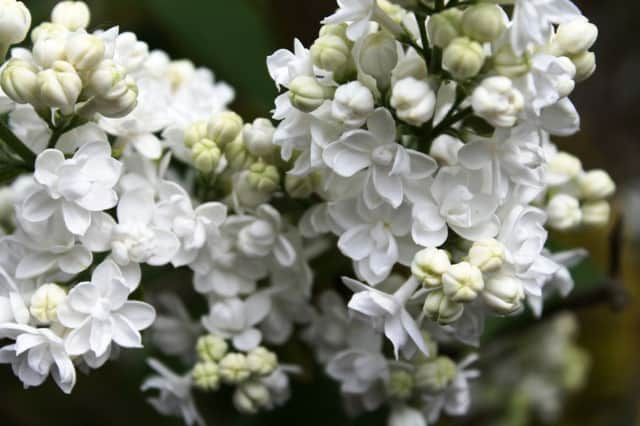Gardening: Fresh thinking


Experts claim that thousands of lives are lost each year and many more are affected by pollutants. They also pose a threat to many plants – and they can’t move to somewhere cleaner or demand legislation to help them breathe more easily.
So, it’s up to the gardener to do the best he/she can, and that may mean digging up any plants obviously affected by air pollution, or simply planting shrubs that can tough it out – those which can tolerate all the unpleasant stuff men and women put into the air.
Advertisement
Hide AdAdvertisement
Hide AdAnd, surprisingly, there are quite a number of such shrubs, more than enough to fill a garden in even the most unpleasant of environments.
Take buddleia, for example. The butterfly bush produces masses of richly-scented arching blooms, requires hardly any maintenance, and grows anywhere. There are numerous varieties of B davidii, ranging in colour from deep burgundy through to pristine white.
Equally at home among our filth is the ever-popular lilac (Syringa vulgaris) a shrub/tree capable of scenting the early summer air with its fragrant flowers. And it’s the same with another perfumed species – Philadelphus, the mock orange, whose numerous blooms are one of the delights of summer.
Many rhododendrons are also blessed with the ability to thrive in polluted air, as is the spring-flowering forsythia. The yellow blooms may be short-lived but they are breathtakingly beautiful.
Advertisement
Hide AdAdvertisement
Hide AdMahonias and skimmias are two more contenders for the laugh-at-pollution garden, and the likes of cotoneaster, euonymus and laurel are equally tough and reliable.
Add to the list many viburnums, weigela, and the common elder, Sambucus nigra, which not only flowers well but which also produces pendulous clumps of usable fruit.
And if the thought of planting the fast-growing laurel is too much to comprehend, then consider the spotted-foliaged Aucuba japonica. It is more sedate and has the potential to also produce autumn berries.
The main problem with many of these hardy plants is their ability to grow perhaps a bit too strongly for the average garden and gardener. But the regular application of shears and secateurs should keep them within bounds.
Alternatively, if you have the room, let them grow to thumb their noses at our unpleasant world.